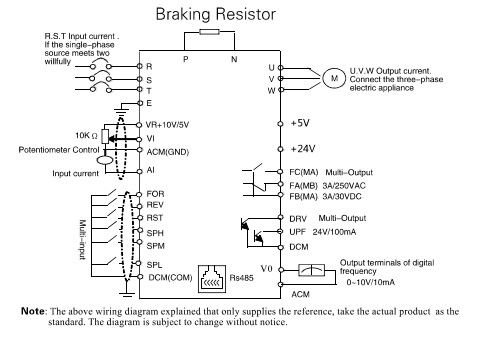Fitting a Huanyang P2 VFD to a Student 1800
Fitting a Huanyang P2 VFD to a Student 1800
- This topic has 14 replies, 10 voices, and was last updated 5 June 2023 at 18:10 by
Tim Stevens.
Viewing 15 posts - 1 through 15 (of 15 total)
Viewing 15 posts - 1 through 15 (of 15 total)
- Please log in to reply to this topic. Registering is free and easy using the links on the menu at the top of this page.
Latest Replies
Viewing 25 topics - 1 through 25 (of 25 total)
-
- Topic
- Voices
- Last Post
Viewing 25 topics - 1 through 25 (of 25 total)
Latest Issue
Newsletter Sign-up
Latest Replies
- Easiest/cheapest source of R8 socket
- More BBC Masterchef woes…
- Even the Dealer Didn’t Know!
- Sat nag
- What Did You Do Today 2025
- New member
- Boiler Design – issue 4765
- Paint stripper does not do what it says on the tin
- Please direct me to where I can find an engineer to do some bespoke work
- How many spokes do I really need?



 .
.

